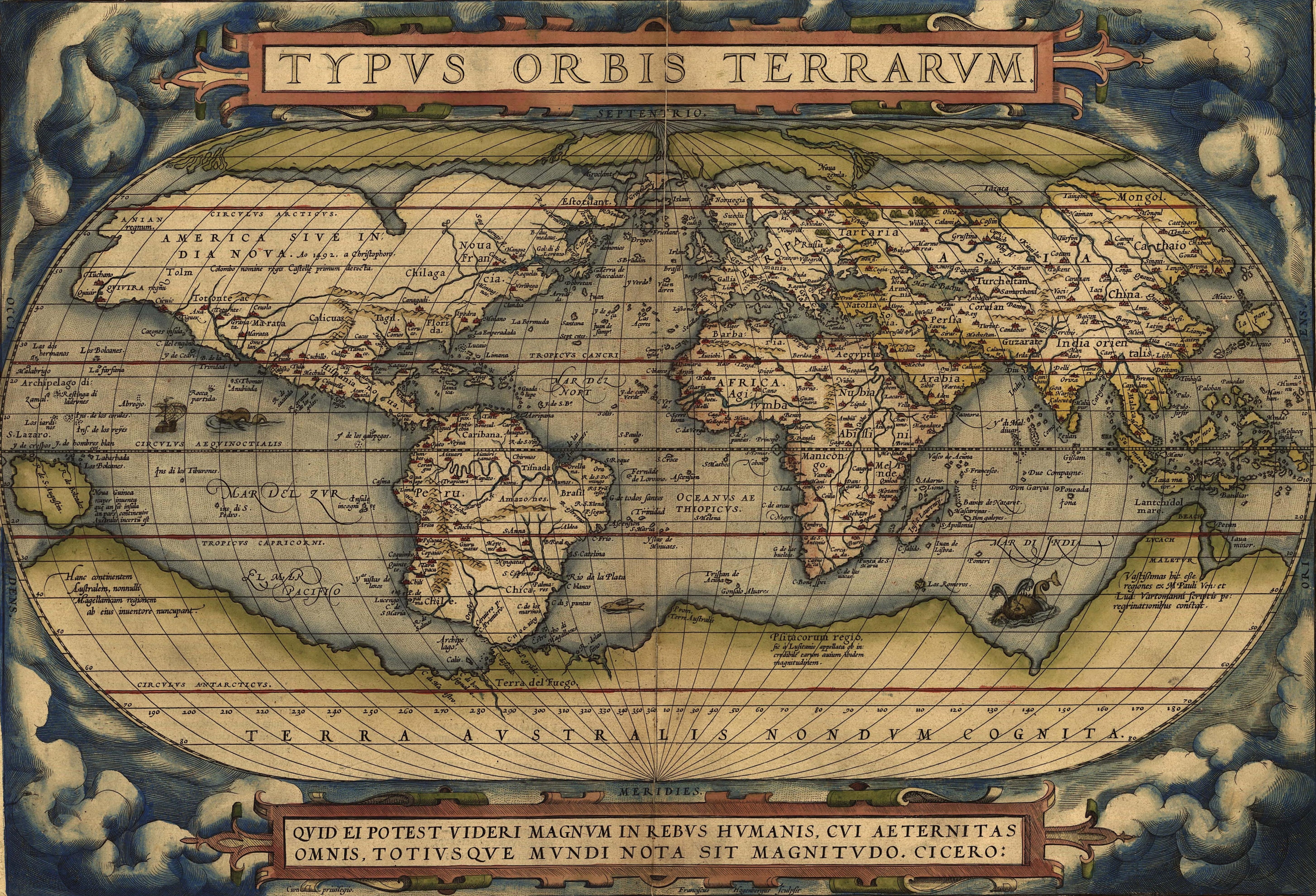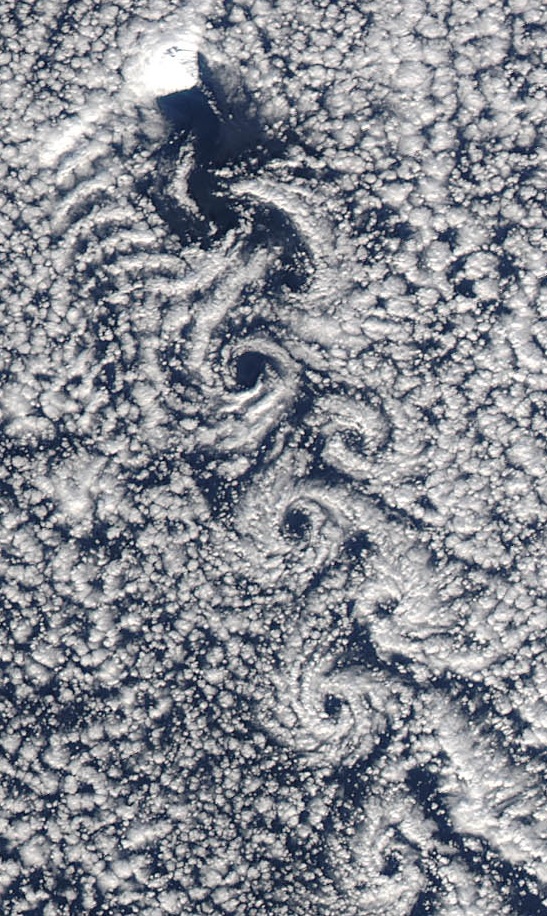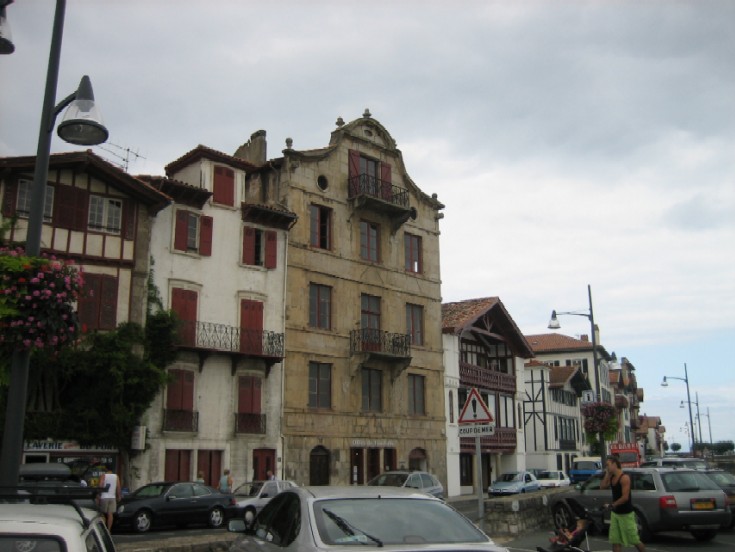|
Jean Vrolicq
Jean Vrolicq (also called Jacques, Johannes, ''Joanis'', or Joan Vrolicq/Vrolyck) was a mariner from St-Jean-de-Luz in the first half of the 17th century. He served in the Danish, Dutch, and French whaling industries from 1619 to 1636, and later became a privateer. Voyages, 1619-37 In 1619 he was among Basque whalemen recruited for a Danish whaling expedition to Spitsbergen. In the following years he continued to participate in the Danish whaling industry in one form or another. In 1624 Vrolicq served as a harpooner for the Dutch ''Noordsche Compagnie'', and the following year he represented two Basque whaling merchants who sent ships to Spitsbergen for a Copenhagen company. In July 1629 Cardinal Richelieu gave Vrolicq a charter for whaling north of 60°. In 1631 Vrolicq was master of the ship ''Valk'' (140 tons), in which he sailed to Spitsbergen in partnership with the Hamburg merchant Johan Braem, who also sent a ship to the island. The Dutch tried to expel them from their anc ... [...More Info...] [...Related Items...] OR: [Wikipedia] [Google] [Baidu] |
St-Jean-de-Luz
Saint-Jean-de-Luz (; eu, Donibane Lohitzune,Donibane Lohitzune Auñamendi Eusko Entziklopedia es, San Juan de Luz, oc, Sent Joan de Lus, ) is a commune in the department, southwestern France. Saint-Jean-de-Luz is part of the |
Hamburgbukta
Hamburgbukta ( English: ''Hamburg Bay'') is a one-kilometer-long bay on the western side of Hoelhalvøya, Albert I Land, Spitsbergen in the Svalbard archipelago. History The French were the first to occupy it in 1633, calling it ''Port Louis'' or ''Refuge Français''. On the southern shore of the bay they built a whaling station. In 1634 two English men-of-war tried to drive out the French, but failed. In 1637 they were driven out of Hamburgbukta by the Danes. They abandoned it in the following year after being harassed by the Danes once more. It was named ''Ulfeldts Bay'' by the Danes, in honor of Corfits Ulfeldt, who was responsible for driving away the French in 1637–38. In 1644 the first Hamburg ships came to the bay. They came to the bay again in 1648, and in later years, which resulted in the bay being named after the German German(s) may refer to: * Germany (of or related to) **Germania (historical use) * Germans, citizens of Germany, people of German ancestry, or n ... [...More Info...] [...Related Items...] OR: [Wikipedia] [Google] [Baidu] |
Explorers Of Svalbard
Exploration refers to the historical practice of discovering remote lands. It is studied by geographers and historians. Two major eras of exploration occurred in human history: one of convergence, and one of divergence. The first, covering most of ''Homo sapiens'' history, saw humans moving out of Africa, settling in new lands, and developing distinct cultures in relative isolation. Early explorers settled in Europe and Asia; 14,000 years ago, some crossed the Ice Age land bridge from Siberia to Alaska, and moved southbound to settle in the Americas. For the most part, these cultures were ignorant of each other's existence. The second period of exploration, occurring over the last 10,000 years, saw increased cross-cultural exchange through trade and exploration, and marked a new era of cultural intermingling, and more recently, convergence. Early writings about exploration date back to the 4th millennium B.C. in ancient Egypt. One of the earliest and most impactful thinkers of ... [...More Info...] [...Related Items...] OR: [Wikipedia] [Google] [Baidu] |
History Of The Arctic
History (derived ) is the systematic study and the documentation of the human activity. The time period of event before the invention of writing systems is considered prehistory. "History" is an umbrella term comprising past events as well as the memory, discovery, collection, organization, presentation, and interpretation of these events. Historians seek knowledge of the past using historical sources such as written documents, oral accounts, art and material artifacts, and ecological markers. History is not complete and still has debatable mysteries. History is also an academic discipline which uses narrative to describe, examine, question, and analyze past events, and investigate their patterns of cause and effect. Historians often debate which narrative best explains an event, as well as the significance of different causes and effects. Historians also debate the nature of history as an end in itself, as well as its usefulness to give perspective on the problems of the p ... [...More Info...] [...Related Items...] OR: [Wikipedia] [Google] [Baidu] |
Privateers
A privateer is a private person or ship that engages in maritime warfare under a commission of war. Since robbery under arms was a common aspect of seaborne trade, until the early 19th century all merchant ships carried arms. A sovereign or delegated authority issued commissions, also referred to as a letter of marque, during wartime. The commission empowered the holder to carry on all forms of hostility permissible at sea by the usages of war. This included attacking foreign vessels and taking them as prizes, and taking prize crews as prisoners for exchange. Captured ships were subject to condemnation and sale under prize (law), prize law, with the proceeds divided by percentage between the privateer's sponsors, shipowners, captains and crew. A percentage share usually went to the issuer of the commission (i.e. the sovereign). Privateering allowed sovereigns to raise revenue for war by mobilizing privately owned armed ships and sailors to supplement state power. For participants, ... [...More Info...] [...Related Items...] OR: [Wikipedia] [Google] [Baidu] |
People In Whaling
A person ( : people) is a being that has certain capacities or attributes such as reason, morality, consciousness or self-consciousness, and being a part of a culturally established form of social relations such as kinship, ownership of property, or legal responsibility. The defining features of personhood and, consequently, what makes a person count as a person, differ widely among cultures and contexts. In addition to the question of personhood, of what makes a being count as a person to begin with, there are further questions about personal identity and self: both about what makes any particular person that particular person instead of another, and about what makes a person at one time the same person as they were or will be at another time despite any intervening changes. The plural form "people" is often used to refer to an entire nation or ethnic group (as in "a people"), and this was the original meaning of the word; it subsequently acquired its use as a plural form of ... [...More Info...] [...Related Items...] OR: [Wikipedia] [Google] [Baidu] |
French Sailors
French (french: français(e), link=no) may refer to: * Something of, from, or related to France ** French language, which originated in France, and its various dialects and accents ** French people, a nation and ethnic group identified with France ** French cuisine, cooking traditions and practices Fortnite French places Arts and media * The French (band), a British rock band * "French" (episode), a live-action episode of ''The Super Mario Bros. Super Show!'' * ''Française'' (film), 2008 * French Stewart (born 1964), American actor Other uses * French (surname), a surname (including a list of people with the name) * French (tunic), a particular type of military jacket or tunic used in the Russian Empire and Soviet Union * French's, an American brand of mustard condiment * French catheter scale, a unit of measurement of diameter * French Defence, a chess opening * French kiss, a type of kiss involving the tongue See also * France (other) * Franch, a surname * Frenc ... [...More Info...] [...Related Items...] OR: [Wikipedia] [Google] [Baidu] |
Jan Mayen
Jan Mayen () is a Norwegian volcanic island in the Arctic Ocean with no permanent population. It is long (southwest-northeast) and in area, partly covered by glaciers (an area of around the Beerenberg volcano). It has two parts: larger northeast Nord-Jan and smaller Sør-Jan, linked by a wide isthmus. It lies northeast of Iceland (495 km 05 miNE of Kolbeinsey), east of central Greenland, and west of the North Cape, Norway. The island is mountainous, the highest summit being the Beerenberg volcano in the north. The isthmus is the location of the two largest lakes of the island, Sørlaguna (South Lagoon) and Nordlaguna (North Lagoon). A third lake is called Ullerenglaguna (Ullereng Lagoon). Jan Mayen was formed by the Jan Mayen hotspot and is defined by geologists as a separate continent. Although administered separately, in the ISO 3166-1 standard, Jan Mayen and Svalbard are collectively designated as '' Svalbard and Jan Mayen'', with the two-letter country code ... [...More Info...] [...Related Items...] OR: [Wikipedia] [Google] [Baidu] |
Kongsfjorden
Kongsfjorden as seen from Blomstrandhalvøya Kongsfjorden (Kongs Fjord or Kings Bay) is an inlet on the west coast of Spitsbergen, an island which is part of the Svalbard archipelago in the Arctic Ocean. The inlet is long and ranges in width from 6 to 14 km (4 to 9 miles). Two glaciers, Kronebreen and Kongsvegen, head the fjord. The coal-mining town of Ny-Ålesund is located on its southern shore and is one of the few permanent settlements on Spitsbergen. It is also a popular shore break for cruise ships, although local scientists who monitor levels as part of their climate change research have voiced concerns that the excessive pollution generated by cruise ships is interfering with their measurements. Kongsfjorden was originally named ''Deer Sound'' by Jonas Poole (1610), and was known as such by the English whalers until at least 1658. Giles and Rep (c. 1710) were the first to name it ''Koninks Bay''. William Scoresby William Scoresby (5 October 178921 March 1 ... [...More Info...] [...Related Items...] OR: [Wikipedia] [Google] [Baidu] |
Ciboure
Ciboure (; ,ZIBURU Auñamendi Eusko Entziklopedia meaning 'end of bridge') is a commune in the Pyrénées-Atlantiques in south-western France. It lies across the river Nivelle from the harbour ... [...More Info...] [...Related Items...] OR: [Wikipedia] [Google] [Baidu] |
Spain
, image_flag = Bandera de España.svg , image_coat = Escudo de España (mazonado).svg , national_motto = '' Plus ultra'' ( Latin)(English: "Further Beyond") , national_anthem = (English: "Royal March") , image_map = , map_caption = , image_map2 = , capital = Madrid , coordinates = , largest_city = Madrid , languages_type = Official language , languages = Spanish , ethnic_groups = , ethnic_groups_year = , ethnic_groups_ref = , religion = , religion_ref = , religion_year = 2020 , demonym = , government_type = Unitary parliamentary constitutional monarchy , leader_title1 = Monarch , leader_name1 = Felipe VI , leader_title2 = Prime Minister , leader_name2 = Pedro Sánchez , legislature = ... [...More Info...] [...Related Items...] OR: [Wikipedia] [Google] [Baidu] |


.jpg)

_1938.jpg)

